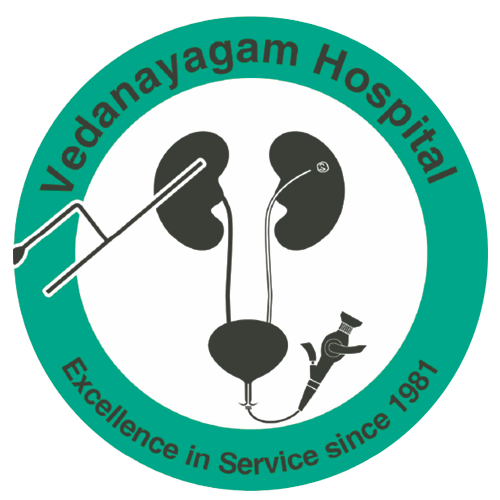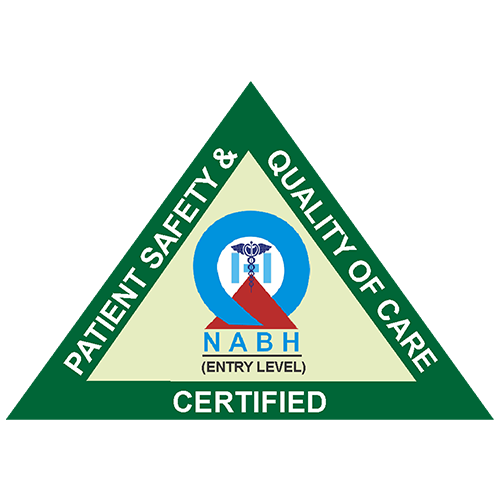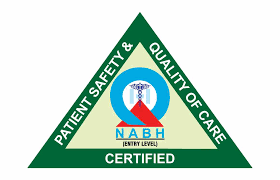Blog Summary
“Twisted Twins: The Tale of Horseshoe Kidney” explores a rare congenital condition where the kidneys fuse at the base during fetal development, forming a U-shape resembling a horseshoe. Affecting about 1 in 500 individuals, this condition is often asymptomatic but may cause nausea, urinary tract infections, kidney stones, or fever in some cases. The blog outlines potential causes, such as genetic or environmental factors, and explains how it’s diagnosed through blood tests, ultrasound, MRI, or X-rays. While many children live normally without treatment, symptomatic cases may require medication or surgery. Regular monitoring is key to maintaining long-term kidney health.
Table of Contents
Horseshoe Kidney, an Asymptomatic Condition
Every individual typically has two kidneys from birth. When the baby is growing within the mother’s womb, the kidneys should shift such that each is present above the waist. But occasionally, instead of moving into the proper place above the waist, the kidneys end up joined at the base and take on the appearance of a horseshoe. Mostly, this union takes place between the seventh and ninth weeks of pregnancy. This condition occurs in 1 in 500 people; hence it may be assumed that it is an uncommon condition.
Causes of Horseshoe Kidney
Information on the precise aetiology of this illness is limited. However, some scientists think it’s caused by a congenital defect that makes the kidneys or the cells to migrate improperly from their places, causing the kidneys to fuse.
One of the reasons for the horseshoe kidney has been identified as prenatal exposure of the foetus to specific environmental variables, including alcohol and drugs. The precise genetic causes and contributing factors for such a rare illness are yet unclear.
Symptoms of Horseshoe Kidney
Although some children may not exhibit any symptoms, some may experience the following ones:
- Feeling nauseous, which is the vomiting sensation, and stomach discomfort.
- The person might have discomfort when urinating, which indicates the presence of urinary tract infections.
- Fever may develop as a result of infection.
- The crystals in the urine accumulate and form a mass of stones within the kidney, which can cause pain while passing out urine.
Diagnosis of Horseshoe Kidney
The child does not always have to show the signs of a horseshoe kidney. The presence of a horseshoe kidney may occasionally be identified by the doctor when he or she is evaluating another problem. The following are the ways to identify a kidney with a horseshoe shape.
- Blood and urine tests
It help us to provide information on the condition of the kidneys and whether an infection is present.
- Kidney ultrasound
During the procedure, sound waves are sent to the kidney, ureter, and urinary bladder to capture the images, where the size, shape, and location of kidneys can be seen. These images are visible on the computer, where the doctor can interpret the bladder size and infection of the organs as well.
- X-ray
An intravenous pyelogram (IVP) is a type of X-ray procedure. During an IVP, a contrast dye is injected into a vein in your arm and travels through the bloodstream to your kidneys, ureters, and bladder. The dye helps to highlight the urinary tract and allows the radiologist to visualize the structures more clearly on X-ray images. After the contrast dye is injected, a series of X-rays are taken at specific intervals as the dye moves through the urinary tract. This allows the radiologist to assess the anatomy and function of the kidneys, ureters, and bladder and detect any abnormalities or complications.
- Magnetic resonance imaging (MRI)
As the name implies, it creates an image of your internal organs using both the magnetic field and radio waves. It is incredibly useful for determining how well your kidneys and other urinary systems are functioning.
Treatment Options
For horseshoe kidneys, there is neither a particular therapy nor a definite cure. The course of treatment depends upon whether the child exhibits symptoms or not.
- If a child exhibits symptoms, specific pharmacological treatments are given to treat any underlying infection and surgery is required if kidney stones are present.
- No treatment is required if the child does not experience any symptoms.
Take Over Points
Horseshoe kidneys rarely result in significant issues. If the child does not experience any symptoms, they do not need any special care, and they might lead a healthy life. As this condition has no influence on a person’s life, there is no need to worry about life expectancy. Thus, for the kidneys to remain in good condition, it’s crucial to regularly examine them and visit a specialist.
When to See a Doctor
If your child shows any symptoms or has been diagnosed with a horseshoe kidney, consult a pediatric urologist for regular follow-up care. Early monitoring helps prevent complications.




